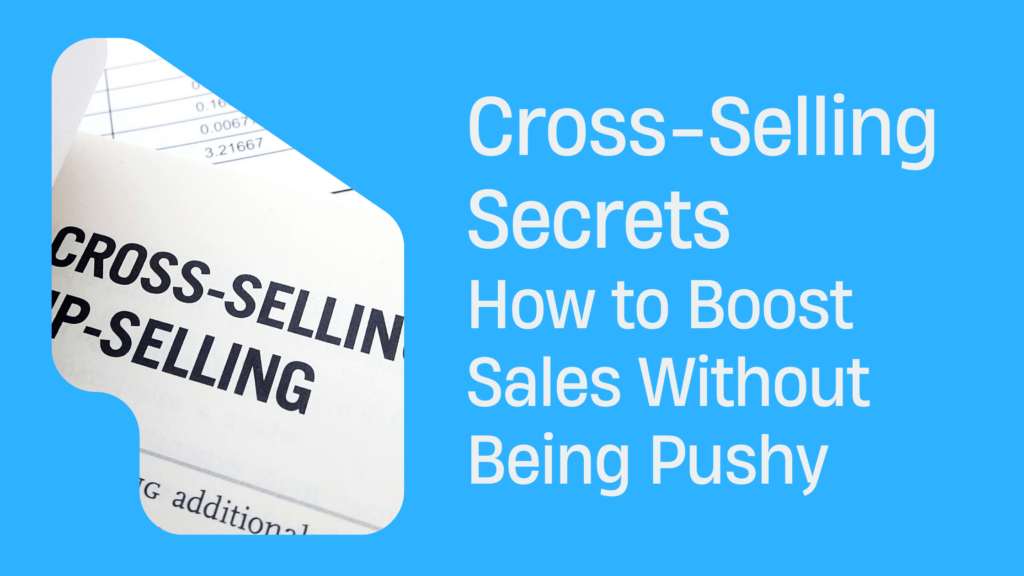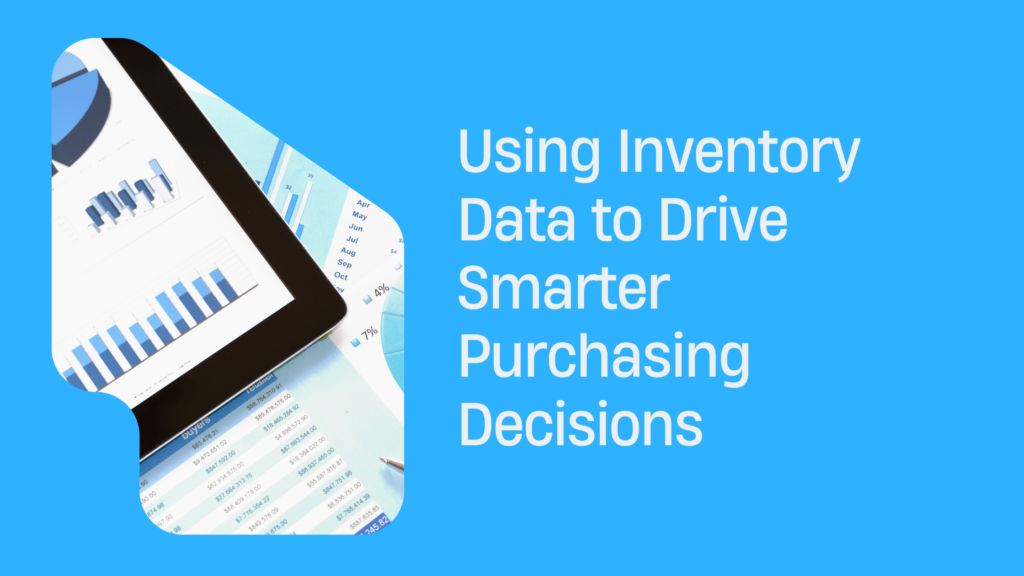Cross-Selling Secrets — How to Boost Sales Without Being Pushy
Cross-selling means suggesting related products to complement a purchase. It helps customers find useful add-ons while boosting sales. Done right, it feels helpful, not pushy. Unlike upselling, which promotes an upgrade, cross-selling offers extras—like a phone case with a new phone.
Smart cross-selling improves the shopping experience with relevant recommendations, not unnecessary add-ons. It’s a simple way to increase revenue and keep customers happy without a hard sell.
Understanding Cross-Selling
Cross-selling means suggesting related products that complement what a customer is buying. It improves the shopping experience while boosting sales. For example, buying a smartphone? A screen protector or case might be recommended.
Unlike upselling, which pushes a pricier option, cross-selling adds value with useful extras. When done right, it feels helpful, not pushy, and makes the purchase more worthwhile.
How it Works in Retail, Ecommerce, and Service-Based Businesses
- Retail – Brick-and-mortar stores place complementary products near each other. For example, a shoe store may display shoe polish and socks next to dress shoes.
- Ecommerce – Online stores use “Frequently Bought Together” or “Customers Also Bought” sections to suggest relevant products.
- Service-Based Businesses – A salon offering a haircut may recommend a deep conditioning treatment or hair care products.
Examples of Effective Cross-Selling Strategies
- Bundling Products – Selling related items together at a discounted price (e.g., a laptop with a carrying case and a wireless mouse).
- Personalized Recommendations – Using customer data to suggest relevant products (e.g., an online bookstore recommending titles based on past purchases).
- Post-Purchase Suggestions – Recommending accessories or extended warranties after a customer completes a purchase.
- Limited-Time Offers – Encouraging customers to buy an add-on product at a special price before checkout.
- Loyalty-Based Cross-Selling – Offering exclusive add-ons or upgrades to repeat customers.
Why Cross-Selling Works?
Cross-selling is more than just suggesting extra products—it taps into customer behavior and psychology. When done right, it feels helpful, not pushy. The key to successful cross-selling is understanding customer needs and offering value. When done correctly, it improves the shopping experience and drives higher sales without feeling pushy. Here’s why it works:
The Psychology Behind Customer Buying Behavior
- Customers prefer convenience. If they can get everything they need in one place, they’re more likely to buy.
- The “fear of missing out” (FOMO) makes people consider products they hadn’t thought about.
- When shoppers see related products, they realize they might need them, too.
- Small, low-risk add-ons are easier to say yes to than big purchases.
How Cross-Selling Adds Value Instead of Feeling Like a Sales Pitch
- A good cross-selling strategy focuses on customer needs, not just making a sale.
- When done right, it enhances the main purchase—especially when paired with subtle sales promotion examples—rather than feeling like an upsell.
- Bundling related products saves customers time and effort.
- Offering a discounted add-on makes buyers feel like they’re getting a deal.
- Instead of forcing a sale, smart cross-selling educates customers about useful products.
Building Trust and Increasing Average Order Value
- Customers trust brands that offer helpful, relevant suggestions.
- If cross-selling feels genuine, it strengthens long-term relationships.
- When customers see value in the extra purchase, they don’t feel pressured.
- A smart cross-selling strategy boosts average order value without hurting customer satisfaction.
- Brands that master cross-selling boost revenue while keeping customers happy.
Best Cross-Selling Strategies That Feel Natural
Cross-selling is most effective when it feels helpful, not pushy. Here are five smart ways to encourage customers to buy more while keeping the experience positive.
Personalized Recommendations – Using Customer Data to Suggest Relevant Products
- Customers appreciate tailored suggestions based on their browsing history or past purchases.
- AI and analytics can help show products that complement what they already like.
- Example – If a customer buys a camera, recommending a memory card or tripod makes sense.
- Keep it subtle—no one likes feeling like they’re being pushed into a sale.
Bundling Complementary Products – Making Purchasing Decisions Easier
- Product bundles save customers time and effort by grouping related items.
- Bundles should add value—offering a slight discount on a bundle makes it more appealing.
- Example – A laptop with a carrying case and wireless mouse.
- Keep the options clear and relevant so customers see the benefit instantly.
Limited-Time Offers – Creating Urgency Without Pressure
- A gentle sense of urgency can encourage customers to buy now rather than later.
- Time-sensitive discounts on add-ons or related products work well.
- Example – “Buy a phone today and get 20% off accessories—offer ends soon!”
- Keep it genuine—fake urgency can reduce trust.
Post-Purchase Cross-Selling – Engaging Customers After They Buy
- Cross-selling doesn’t have to stop at checkout. Follow-up emails or thank-you messages can introduce useful add-ons.
- Example – After someone buys a coffee machine, send an email with a discount on premium coffee beans.
- This approach keeps customers engaged and encourages repeat business.
Using Customer Reviews & Testimonials – Encouraging Trust and Social Proof
- Customers trust other buyers more than direct sales pitches.
- Highlight reviews that mention how a complementary product improved their experience.
- Example – “Loved my new tablet! The recommended stylus made it even better!”
- Social proof makes suggestions feel natural rather than sales-driven.
How to Cross-Sell Without Being Pushy?
Cross-selling is a great way to increase sales, but if done wrong, it can feel pushy and turn customers away. The key is to make recommendations that feel natural and helpful. Here’s how to cross-sell without making customers uncomfortable.
Focus on Customer Needs, Not Just Sales
- Cross-selling should solve a problem or enhance the customer’s experience.
- Understand their buying behavior and recommend products that truly add value.
- Show how the additional product complements their purchase rather than just pushing for a bigger sale.
- Example – If a customer buys a camera, suggest a memory card or a camera bag that helps them get the most out of their purchase.
Avoid Aggressive Sales Tactics
- Hard selling can make customers feel pressured and reduce trust.
- Instead of forcing extra products, offer gentle suggestions or recommendations.
- Let customers feel in control of their choices.
- Use non-intrusive prompts like “You might also like…” instead of pop-ups that demand immediate action.
Keep Recommendations Relevant and Helpful
- Suggest products that naturally go with the customer’s purchase.
- Avoid random suggestions that don’t align with their needs.
- Use past purchase history or browsing behavior to personalize recommendations.
- Example – If someone buys running shoes, recommending running socks or a water bottle makes sense. But suggesting unrelated items like sunglasses may feel forced.
Use Soft-Sell Language That Resonates
- The way you phrase your cross-selling offer matters.
- Instead of saying, “You should buy this,” try “Many customers love pairing this with…”
- Use language that highlights benefits rather than just pushing a sale.
- Example – “This laptop case keeps your device safe and makes carrying it easier” sounds better than “You need to buy a case.”
The Role of AI & Automation in Cross-Selling
AI and automation have changed the way businesses approach cross-selling. With the right tools, brands can suggest relevant products without feeling pushy. Here’s how AI-powered solutions improve the shopping experience and make cross-selling seamless.
How AI-Powered Suggestions Improve the Shopping Experience
- AI analyzes customer behavior to recommend products that match their needs.
- Machine learning identifies buying patterns and suggests complementary items.
- Dynamic recommendations adapt in real-time based on browsing history and past purchases.
- AI sales tools help businesses personalize offers, making cross-selling feel natural.
Chatbots, Personalized Emails, and Predictive Analytics
- Chatbots offer instant assistance and suggest relevant products during interactions.
- Personalized emails remind customers of related items they might like based on their past purchases.
- Predictive analytics helps businesses anticipate customer needs and time cross-sell offers just right.
- These tools ensure that cross-selling feels like helpful guidance instead of an aggressive sales tactic.
Automating Cross-Selling Without Overwhelming Customers
- Keep recommendations limited to a few relevant options to avoid choice overload.
- Use AI to display cross-sell suggestions subtly, like in the checkout process.
- Automate personalized follow-ups with product recommendations tailored to individual interests.
- AI-powered pop-ups and notifications should be well-timed and non-intrusive.
Tracking Cross-Selling Success
To make cross-selling work, you need to track its effectiveness and refine your approach. Here’s how to measure and improve your strategy:
Key Metrics to Measure Effectiveness
- Conversion Rate – The percentage of customers who accept a cross-sell offer.
- Average Order Value (AOV) – A higher AOV means customers are adding suggested products.
- Attach Rate – The number of cross-sold items per order.
- Customer Retention Rate – Repeat buyers indicate successful cross-selling.
- Revenue from Cross-Selling – The total sales generated from recommended products.
How to Adjust Strategies Based on Data Insights
- Analyze purchase history to identify popular cross-sell combinations.
- Track which recommendations convert best and focus on those.
- Use A/B testing to compare different product pairings.
- Optimize pricing and discounts based on customer response.
- Personalize offers using customer data for better relevance.
Testing and Optimizing for Better Results
- Experiment with placement – Try to cross-sell suggestions on product pages, cart pages, and emails.
- Test different wording – Adjust CTAs to sound more helpful and natural.
- Monitor real-time data – Use analytics tools to track performance and make quick adjustments.
- Get customer feedback – Understand why buyers accept or reject cross-sell offers.
- Keep refining – Cross-selling isn’t one-size-fits-all, so keep tweaking for better engagement.
Final Thoughts
Cross-selling is a great way to boost revenue while enhancing the customer experience. When done right, it feels natural and adds value to every purchase. Keep testing different cross-selling strategies to see what works best for your audience. Use data to refine your approach and improve results. Always focus on customer needs instead of just making a sale. A well-planned cross-selling strategy can increase profits, build trust, and create loyal customers.



